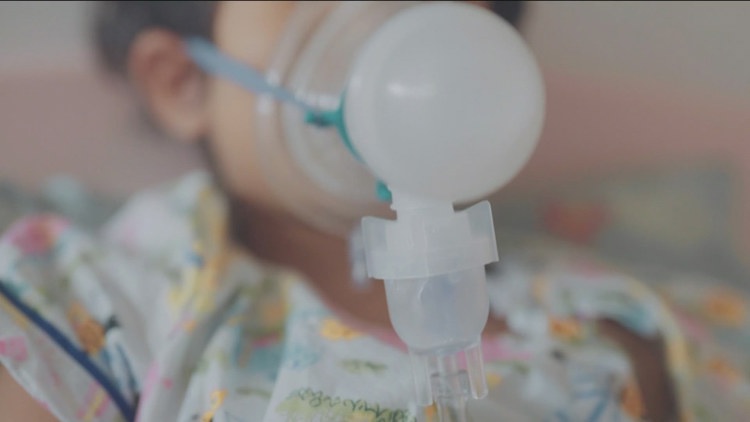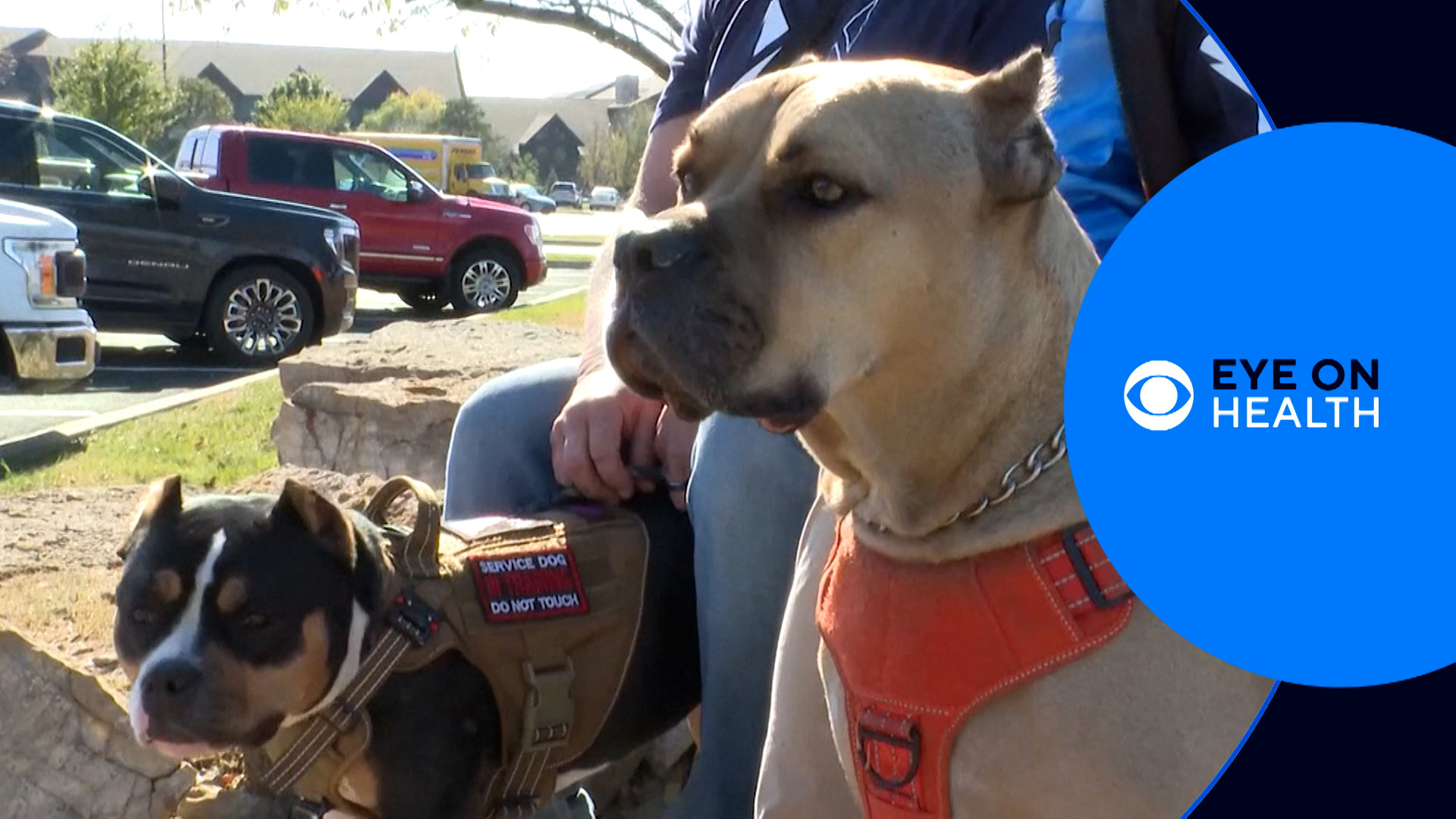SAN DIEGO — Editor's note: A county in Ohio and areas throughout China have reported a recent surge in respiratory illnesses, including pediatric pneumonia. But these outbreaks aren’t connected, health officials say. A previous version of this story was not clear that the high cases were not related.
Global health officials are monitoring an outbreak of bacterial pneumonia in the U.S that made its way from China and Europe.
An outbreak of a strain of bacterial pneumonia has infected children in China, Denmark and the Netherlands primarily between the ages of three to eight years old.
Warren County, Ohio, is reporting an “extremely high number” of pediatric pneumonia cases this fall, the county health district said in a statement on Nov. 29. The county has reported 145 cases of pneumonia in children ages 3 to 14 years old since August, which is above the county average and meets the state’s definition of an outbreak.
On Thursday, the CDC director told a House committee these infections appear to be common bacteria and viruses that happen everywhere.
“As of today, we do not believe this is a new or novel pathogen, we believe this is existing. Meaning COVID, flu, RSV, mycoplasma,” said Dr. Mandy Cohen, CDC Director.
This time China has handed over data that shows children have been sick with known pathogens but the infections are still evolving. But many question if another pandemic is on the horizon.
“Of course, we're all concerned after the pandemic, we hear about an outbreak in China. We hear about outbreaks elsewhere. Right now, we don't think that's what this is,” said Jacob Glanville, PhD, Centivax founder and CEO. “But of course, we're monitoring carefully.”
He is a bioengineer and immunologist who was featured in the Netflix series 'Pandemic.'
Glanville says while he continues to monitor the pneumonia outbreak, he believes due to COVID-19 and masking, children have not been as exposed to infections to help build up their immunity.
“If there's three years of no high alert, it's kind of like a lazy castle, or the Huns haven't come by in a while. And so, the guards aren't really keeping their eye on the horizon,” said Glanville.
Thursday morning, the California Department of Public Health contacted Rady Children's Hospital to get a status on what viruses are showing up.
The hospital’s medical director of infectious disease says while there's a sharp increase in patient visits, they have not treated White Lung Syndrome this year.
“What we're seeing is just a bad respiratory season. It's not overwhelming, and there's no mystery pathogen that's causing disease,” said Dr. John Bradley, Rady Children’s Hospital Medical Director of the Infectious Diseases.
Like any illness the best way to protect yourself and children is to wash your hands, keep vaccinations current and seek medical attention if your child's breathing changes or if something doesn't feel right.
“I don't think we're seeing cases of enhanced death around these children. They're just getting really sick. And the best way to protect yourself is to bring them in early and get good medical attention if you reach that point,” said Glanville.
He says this holiday season it would be best to avoid states and countries that are facing high infections involving White Lung Syndrome and do everything you can to limit the number of infections so you don't overwhelm medical facilities.
“We think this is just the the hangover from the pandemic where there's going to be a tough season ahead, I'll be blunt the next few months will likely be a number of significant infections. But I don't think that's the new normal, we should be rebounding back to normal. Once everyone's reacquaint, we equilibrate to the amount of traditional infections,” said Glanville.
He also mentioned that the current mycobacteria outbreak usually has a seven-year cycle and it hasn’t happened since before the pandemic.
“There's sort of a tough year and we didn't have one since before the pandemic. So this could just be the bad myco year, that's also happening,” said Glanville.
WATCH RELATED: San Diego State University building shut down after person diagnosed with Legionella pneumonia



